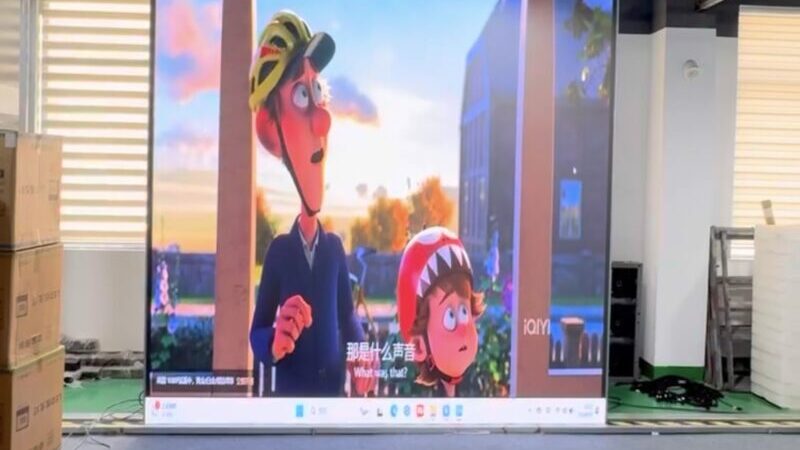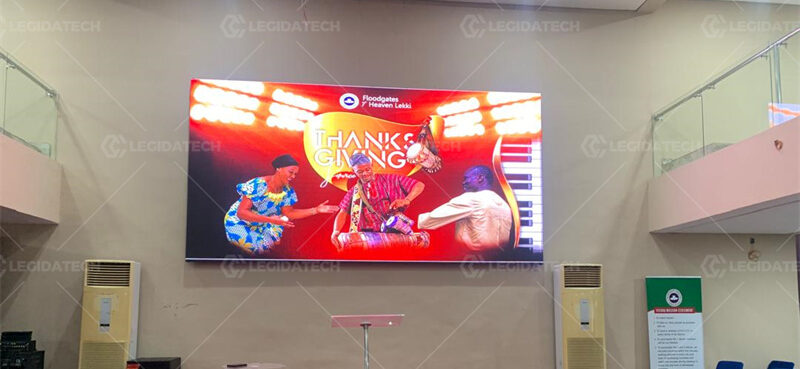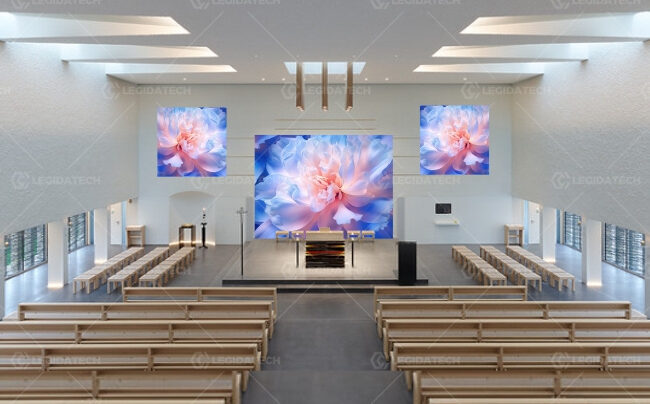With the continuous advancement of social and economic development, LED displays have become increasingly integrated into our daily lives.
Whether in office buildings, large shopping malls, train stations, churches, conference rooms, squares, stages, command centers, or used for traffic guidance, hotels, and airports, we can see LED screen presence everywhere.
The widespread acceptance and recognition of LED displays by the public can be attributed to several factors.
Their unique features clearly demonstrate their value and importance.
-
High brightness.
Traditional LCD screens and projection devices typically have a brightness of around 500 cd/m², while indoor LED displays can reach 800 cd/m².
Outdoor LED displays can achieve brightness levels up to 10,000 cd/m².
These impressive brightness levels enable LED displays to produce crystal-clear images even in direct sunlight, significantly broadening their potential applications.
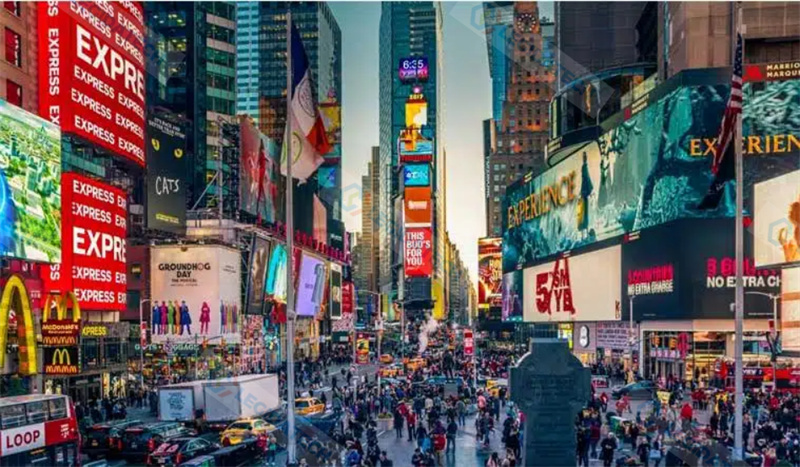
-
High grayscale and high fidelity.
LED displays, equipped with specific control systems and driver chips such as the NOVA control system and HUIDU control systems, can achieve a grayscale level of 16 bits, which is equal to 65,536 levels.
This allows LED displays to far exceed traditional screen devices in presenting more color details, accurately reproducing the original effect of the material, and resulting in more delicate and realistic images.
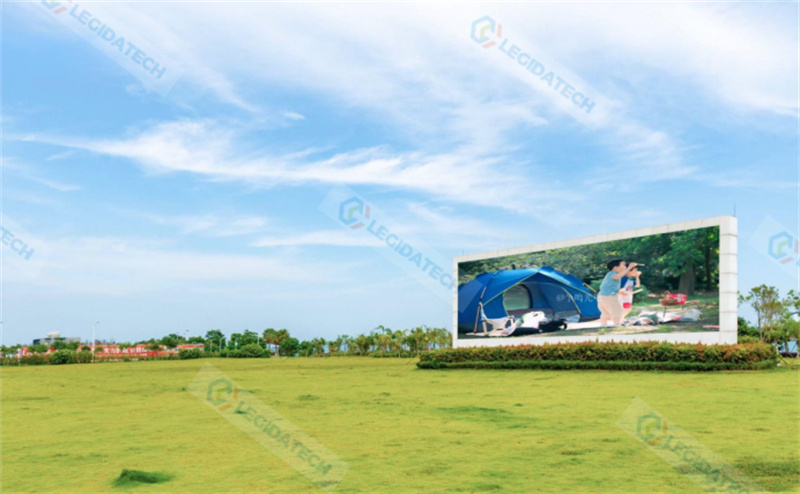
-
Adjustable size
Traditional LCD screens or projection devices are limited in size, but LED displays are different. LED screen are made up of module units or independent cabinets that can be spliced together according to the venue’s requirements, even allowing for the creation of large screens or irregular shapes.
The unique design of LED stage rental screens further highlights the advantages of LED displays, as they can be quickly reassembled and put into use according to different environmental needs.
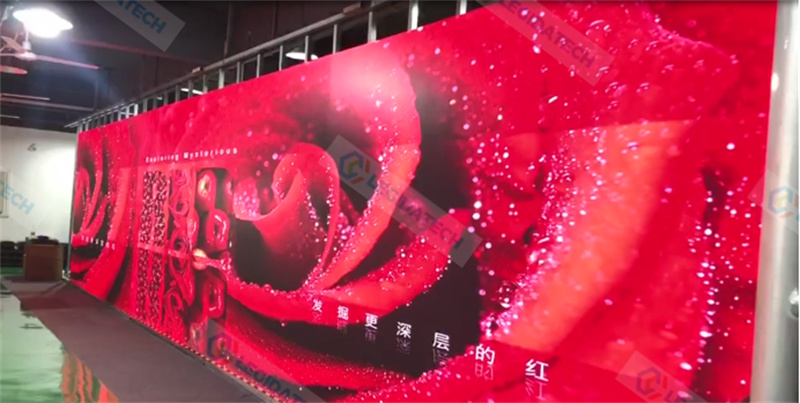
-
Cut costs and increase your savings
While achieving revenue growth, the key is to reduce input costs. LED displays are made up of an array of light-emitting diodes and offer the advantage of low energy consumption.
Compared to LCD displays of the same size, LED displays consume only about half the power.
Additionally, LED displays generate less heat, which effectively slows down component aging and significantly extends their lifespan.
Theoretically, the lifespan of most LED displays can reach 80,000 to 100,000 hours, which greatly reduces maintenance costs and the need for reinvestment later on. Such as the EHONOR series in LEGIDATECH supplier.
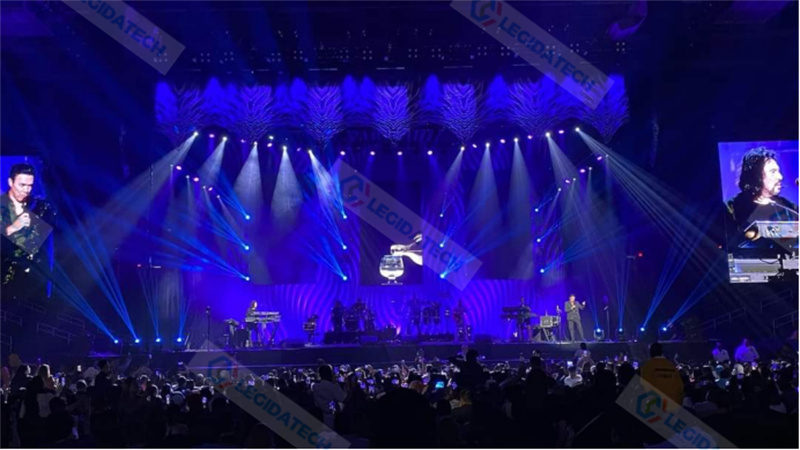
-
Excellent stability
LED displays have a wide temperature adaptation range and low operating voltage.
Coupled with their unique panel design, they maintain stable performance in various environments, both indoors and outdoors.
They can withstand harsh conditions such as high temperatures, freezing, humidity, rain, and dust, making LED displays highly suitable for use in diverse settings and environments.
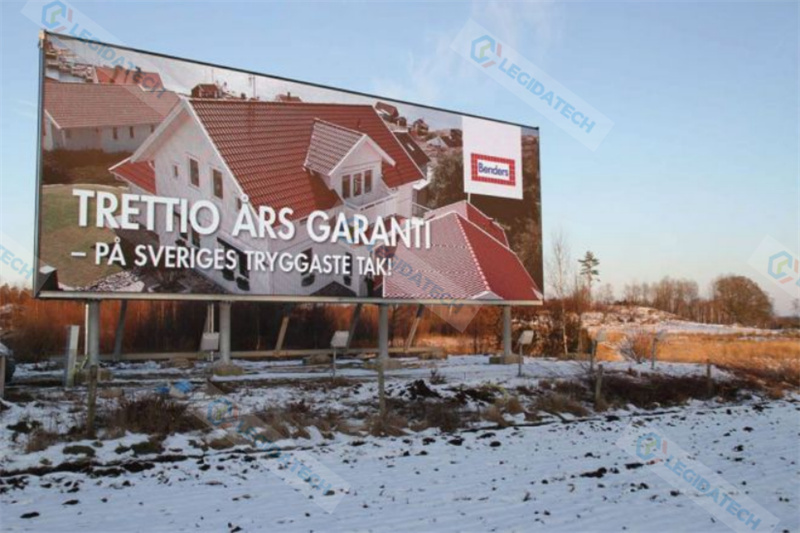
As a professional LED display manufacturer, LEGIDATECH focuses not only on enhancing LED screen quality but also prioritizes exceptional after-sales service and product safety.
We are committed to providing every user with peace of mind and confidence, ensuring that they have a worry-free experience when purchasing and using our LED display.
Author: Alice



